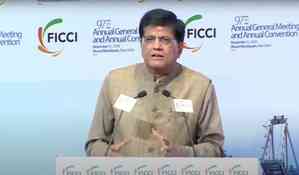When should a cataract be operated on?
Many patients are baffled by the conflicting opinions of eye doctors.

Many patients are baffled by the conflicting opinions of eye doctors.
The reason being the different methods of cataract surgery and the confidence levels of different eye surgeons.
In the olden days cataract used to be removed in toto through a large cut on the eyeball and the cataract was required to mature into one solid mass for this.
The modern technique is to use a micropuncture into the eyeball to extract the gel-like soft immature cataract using an ultrasonic device called phacoemulsification.
So why should one prefer the second method?
It is because it requires only a micropuncture and not a large cut on the eyeball because of which healing and recovery are very quick. This reduces the number of days of rest and loss of activity from the traditional 40 days to 4 days.
Further, the new method is ideal for diabetics and people with cardiac problems who are on blood thinner tablets, as phacoemulsification can be done without injection and so blood thinner tablets need not be stopped.
The most important aspect of operating soft cataracts is that the rate of complications is far less compared to matured cataracts.
Phacoemulsification surgery also allows for the use of several ultra-modern intraocular lenses like Trifocals and EDOF lenses which give complete freedom from glasses after surgery.
Maxivision Superspeciality eye hospital Trichy has gone a step further in safe and simple cataract surgery by introducing the Catalase robotic cataract surgery for the first time in this region. So the next time you have confusion about your cataract surgery just drop into Maxivision Superspeciality eye hospital Tiruchirapalli for a detailed evaluation and personal discussion to explore the best options for your vision.
Authored by:
Dr. Shibu Varkey, MS, DNB, DO, FRCS (UK) Regional Medical Director, MaxiVision Eye Hospitals


 City Air News
City Air News 












